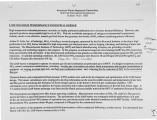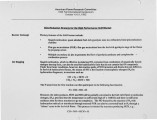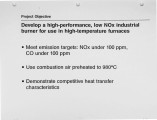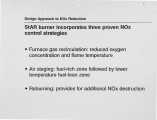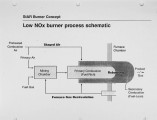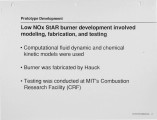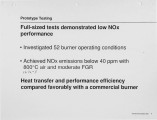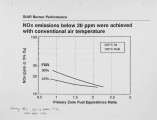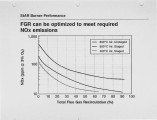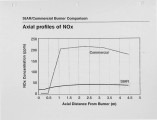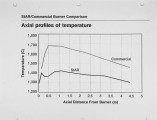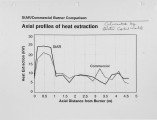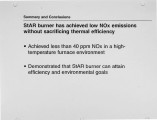| Title |
Low NOx, High Performance Industrial Burner |
| Creator |
Syska, Andrew J.; Benson, Charles; Beer, J. M.; Toqan, Majed; Akinyemi, Wole; Moreland, Don; Ruiz, Roberto |
| Publisher |
University of Utah |
| Date |
1992 |
| Spatial Coverage |
presented at Cambridge, Massachusetts |
| Abstract |
High temperature industrial processes currently use highly preheated combustion air to increase thermal efficiency. However, this approach produces unacceptably high levels of NOx. With the worldwide emergence of stringent environmental requirements, industry needs a cost-effective, natural gas fired burner that generates low levels of NO, without sacrificing process efficiency. |
| Type |
Text |
| Format |
application/pdf |
| Language |
eng |
| Rights |
This material may be protected by copyright. Permission required for use in any form. For further information please contact the American Flame Research Committee. |
| Conversion Specifications |
Original scanned with Canon EOS-1Ds Mark II, 16.7 megapixel digital camera and saved as 400 ppi uncompressed TIFF, 16 bit depth. |
| Scanning Technician |
Cliodhna Davis |
| ARK |
ark:/87278/s68s4shp |
| Setname |
uu_afrc |
| ID |
12682 |
| Reference URL |
https://collections.lib.utah.edu/ark:/87278/s68s4shp |



